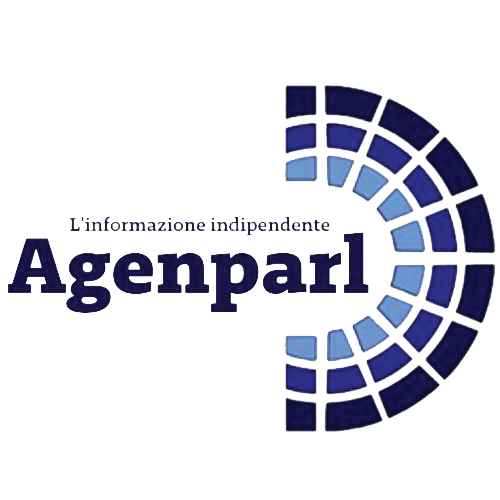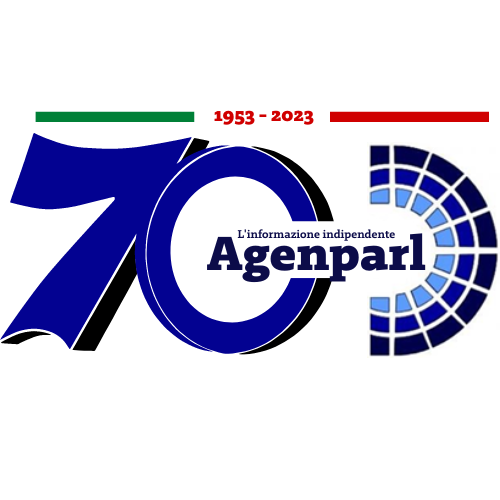 (AGENPARL) - Roma, 14 Aprile 2023
(AGENPARL) - Roma, 14 Aprile 2023(AGENPARL) – ven 14 aprile 2023 Towards
: the Dynamics of Digitalized Payment Systems
I would like to thank the organizers for inviting me to this conference to talk about the
lingering fragmentation along national borders, it has been the focus of several technical
During this journey, PSD2 has been a landmark: it has brought about greater harmonization
job and thereby allow innovation to be as disruptive as it was meant to be in PSD2 and
to embed in the regulation the dramatic changes in the technological landscape since
of fact, the payment services framework still needs to be fully aligned with other EU
policies and legislation: I am referring in particular to the General Data Protection
Third, the role of technological providers (including BigTechs) in the payments sector still
As regards the technological shift, we should consider that PSD2 entered into force in
Italy in 2018; back then, worlds such as smart contracts, DeFi, consensus mechanism,
Dao and DLTs did not even exist and, when they did, they were unknown to most of us.
Today they are part of everyday jargon and they have made their way into important
legislation. As a matter of fact, the Pilot Regime entered into force on March 23. This is a
legal framework that supports those who want to use DLTs to issue, trade, regulate and
not it depends on the way we design PSD3. However, because of the new technological
infrastructure underlying the payment ecosystem, we cannot proceed with the same
evolving continuously and swiftly; and iii) the need to promote public-private partnerships
environment; for me, the most striking feature is that the supply chain of a payment
service is increasingly being fragmented among specialized and interdependent actors
caught up in the structure created by the technology, even in absence of any contractual
money institutions and payment institutions) and the regulations were centred on these
The PSD2 has contributed to bringing the exclusivity of the bank-customer relationship
to their customers, namely open banking services, without having any contractual
relationship with the incumbent Payment Services Providers on whose books these
customers hold their savings. As a matter of fact, PSD2 laid out a regulatory framework
establishing that PSPs have to grant access to payments accounts to TPPs through
Here we can clearly see the innovative and disruptive potential of PSD2 and how it was
able to foresee well in advance the technological leap that the payment industry could
the technological standards replace the traditional ‘private rules’ (such as the agreements
typical of card schemes) and become technological law themselves. This is why, in the
context of open banking, agreements are not only unnecessary but are even forbidden;
it’s the ‘API law’ that regulates relationships between parties that do not know each other
These technological interdependences will be equally strong for payment solutions
We then need to ponder the consequences of this new technological paradigm on our
regulatory framework: the traditional supervisory and/or oversight approach, which
It is therefore important to go beyond the ‘single entities dimension’ and to consider
the new regulatory framework. One way forward is to think about a product-oriented
approach, whereby all entities involved in the supply chain of payment services, such
core principles underpinning the oversight of payments systems, including beyond their
This approach is in line with the new Eurosystem oversight framework for electronic
payment instruments, schemes and arrangements (PISA), applicable as of November
First of all, it goes beyond the traditional notion of a ‘funds transfer’, embracing instead
that of a ‘value transfer’, thereby extending the oversight scope to digital payment tokens
not only traditional payment schemes but also ‘arrangements’, (e.g. the aforementioned
This somewhat lengthy discussion about who and what should be on the regulator’s
radar brings me to my second pillar, which is the need to constantly bear in mind that we
are dealing with a very dynamic ecosystem. Therefore, while we are looking at the current
supply chains, and in particular at their single components, we also need to monitor how
the aim of providing new services or old services in an innovative way. I have in mind,
for example, all micro-payments, machine initiated payments, and payments in real time
Continuous monitoring of the current ecosystem is therefore pivotal to designing
a closer interaction with payment industry might be useful. To be frank, we do not know
a great deal about how to regulate areas where the boundaries among activities and
subjects are blurred; these are uncharted waters for us and a more prudent approach is
Therefore, in addition to the rules on entities and activities and to the oversight framework
on payments systems and services, it might be wise to rely on ‘soft’ regulations based on
A practical example of this approach is represented by the Protocol that the Bank of
Italy has signed with two Italian Universities – Roma Tre and Cattolica di Milano – to
explore the role of smart contracts in DLTs and to provide a basis for the development
of technical standards and rules to be shared with those who, like the developers of the
smart contracts) will soon be made public to collect observations and suggestions from
all interested parties in order to be able to proceed to the most important phase for
supervisory authorities can play a key role in ensuring that the positive externalities of
of the Bank of Italy’s innovation facilitators are noteworthy, especially those of the
Comitato Pagamenti Italia (Italian Payments Committee, CPI), managed by the Bank of
Italy, which recently launched three technical working groups dedicated respectively to:
(i) PSD2 Review, (ii) Open Banking and (iii) Public Collections and Payments. The CPI is the
including those that are the subject of today’s conference and that concern, through the
